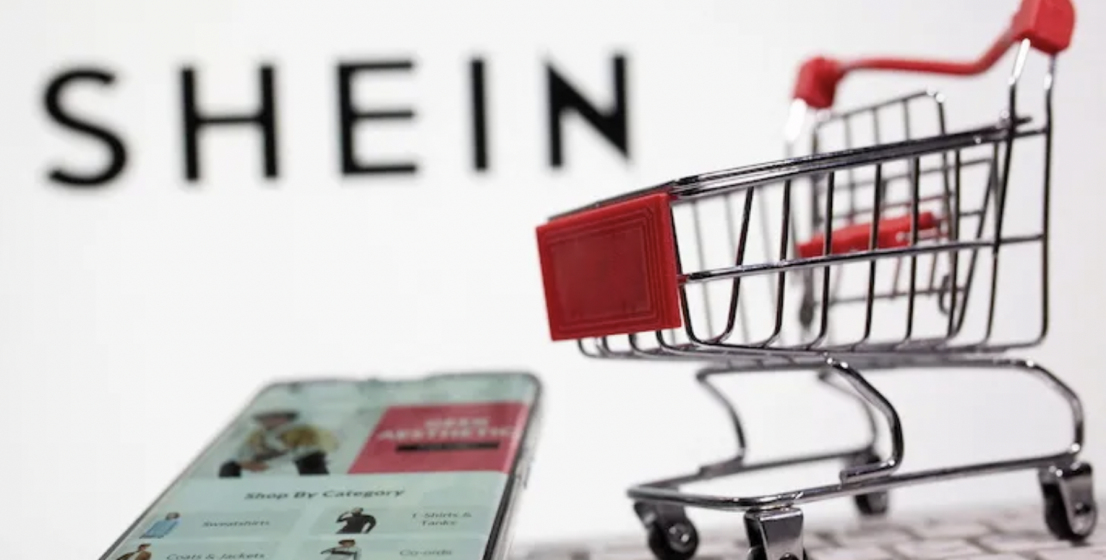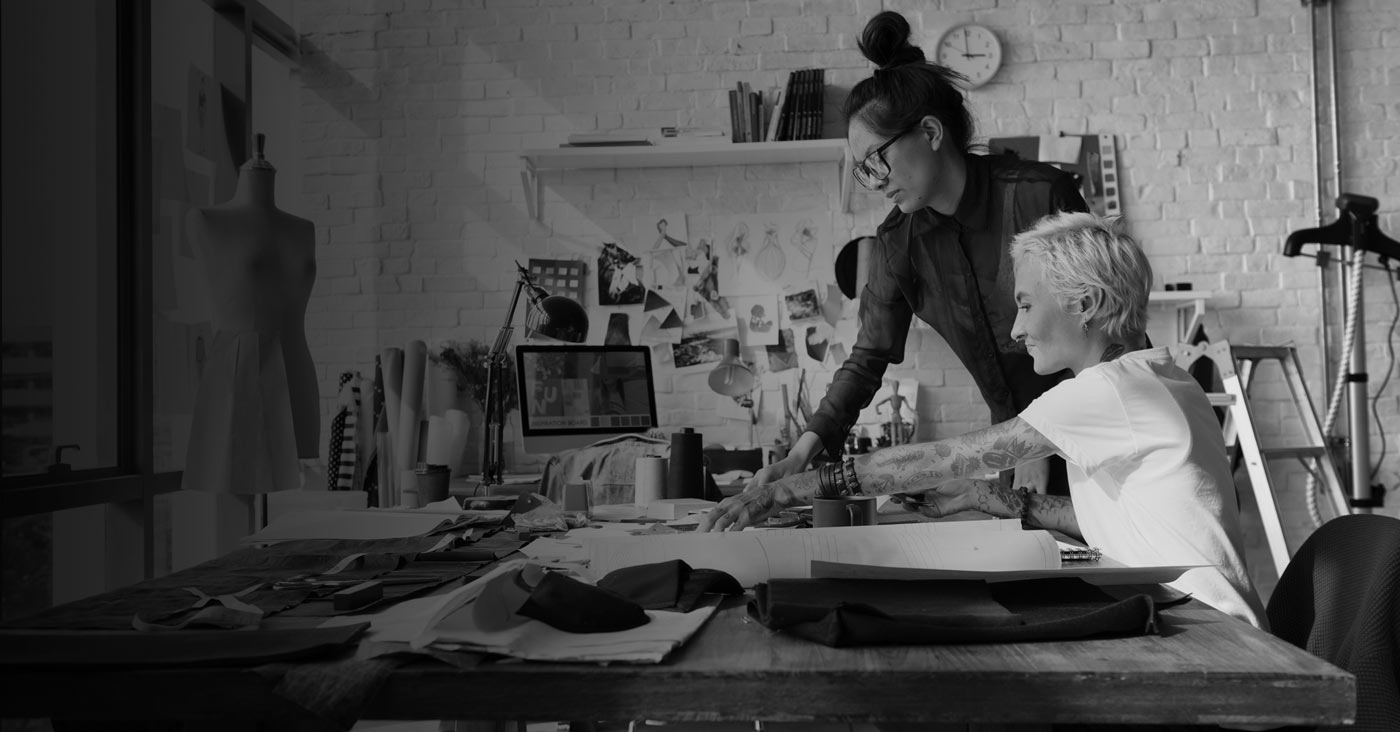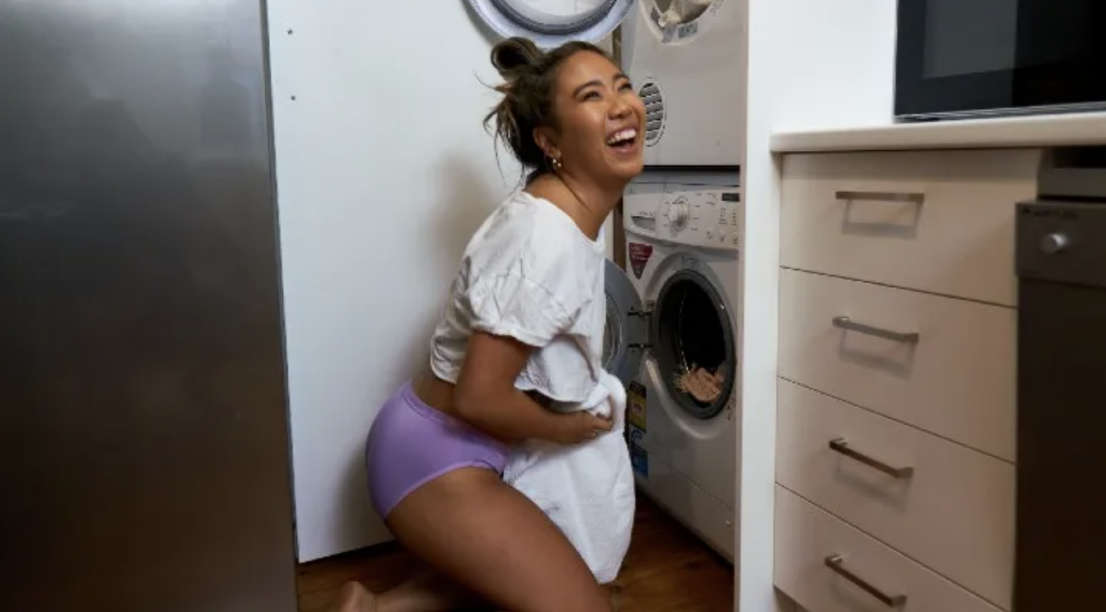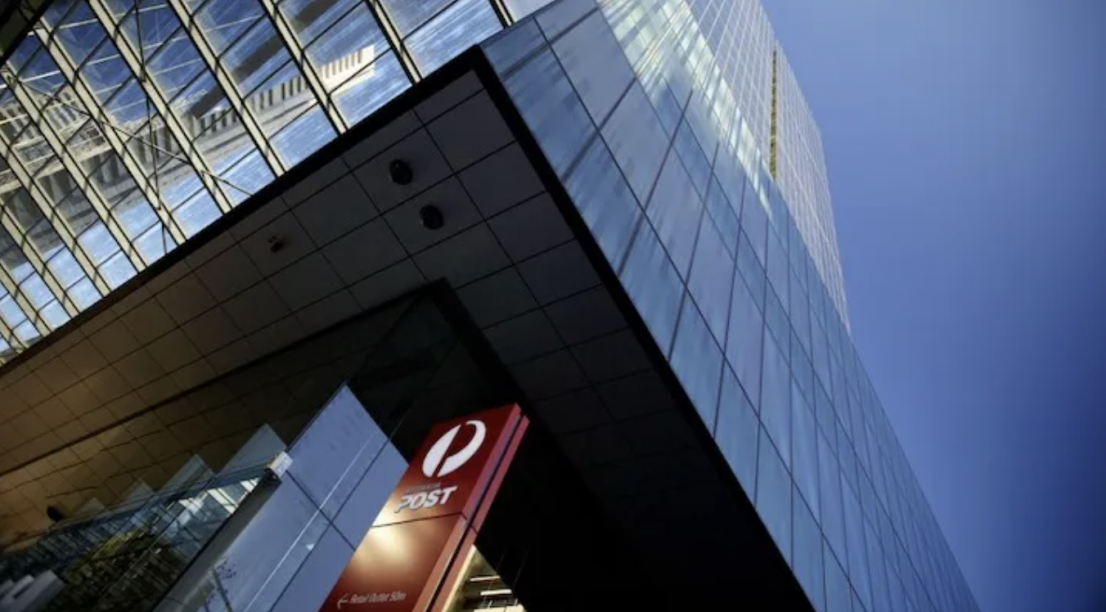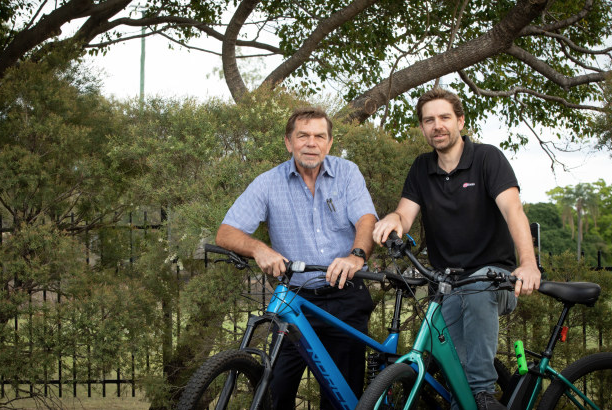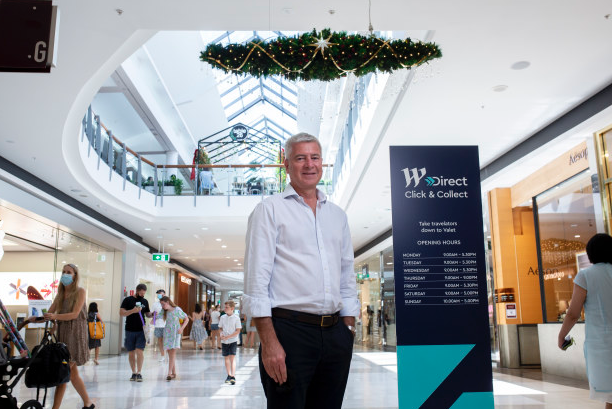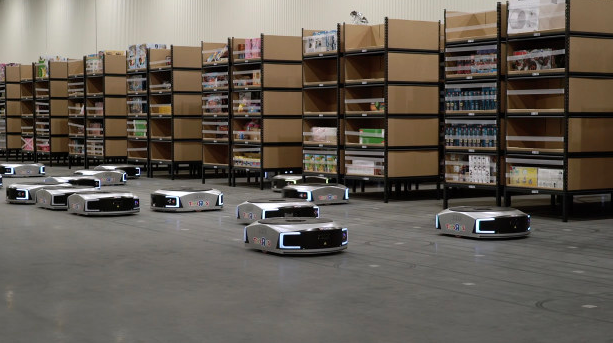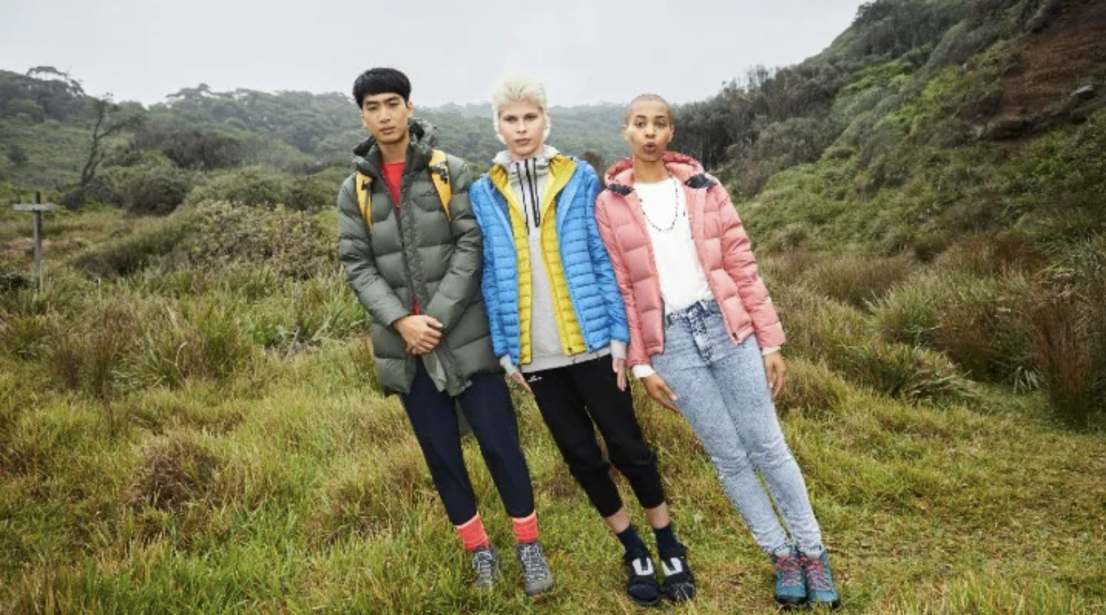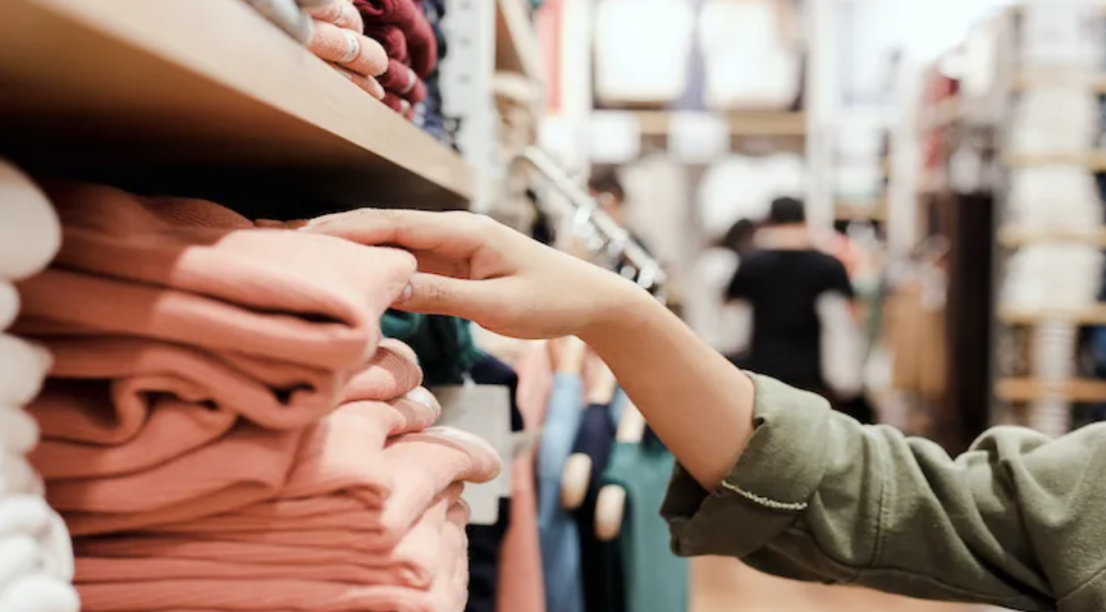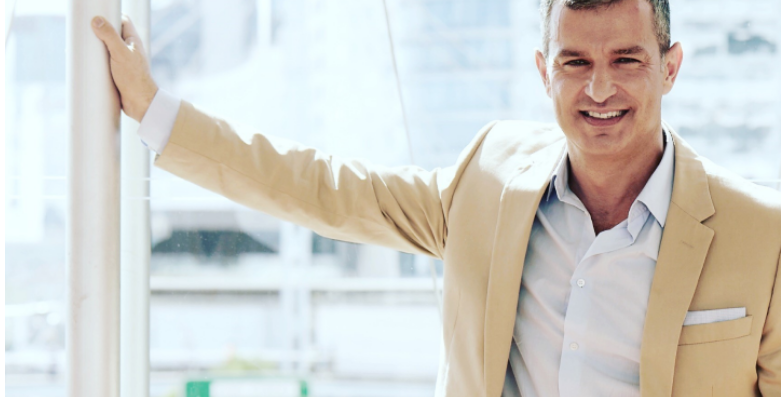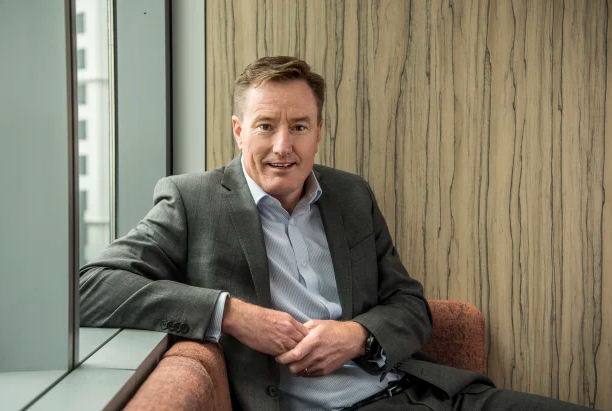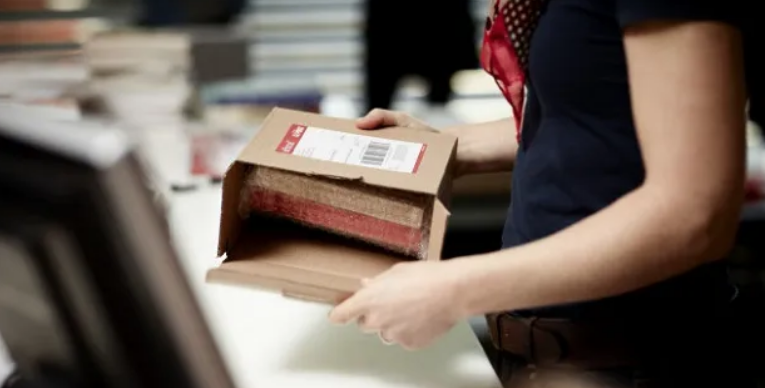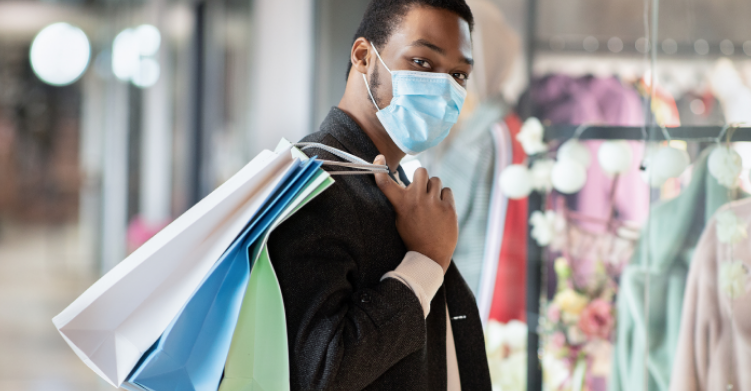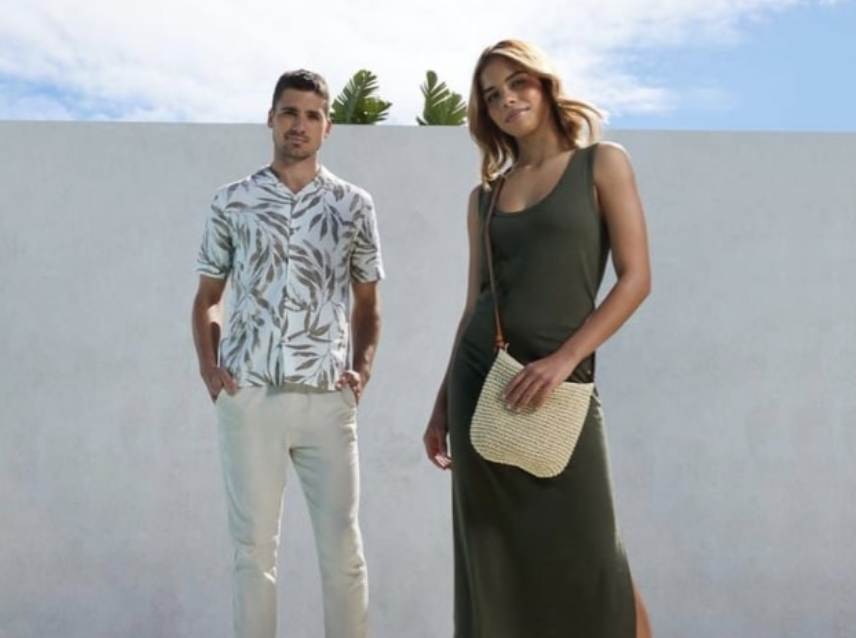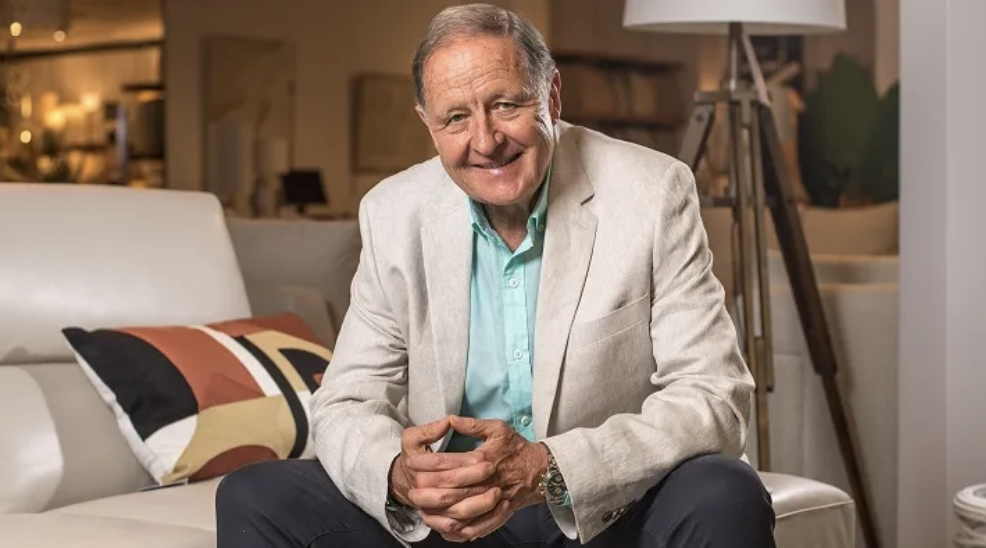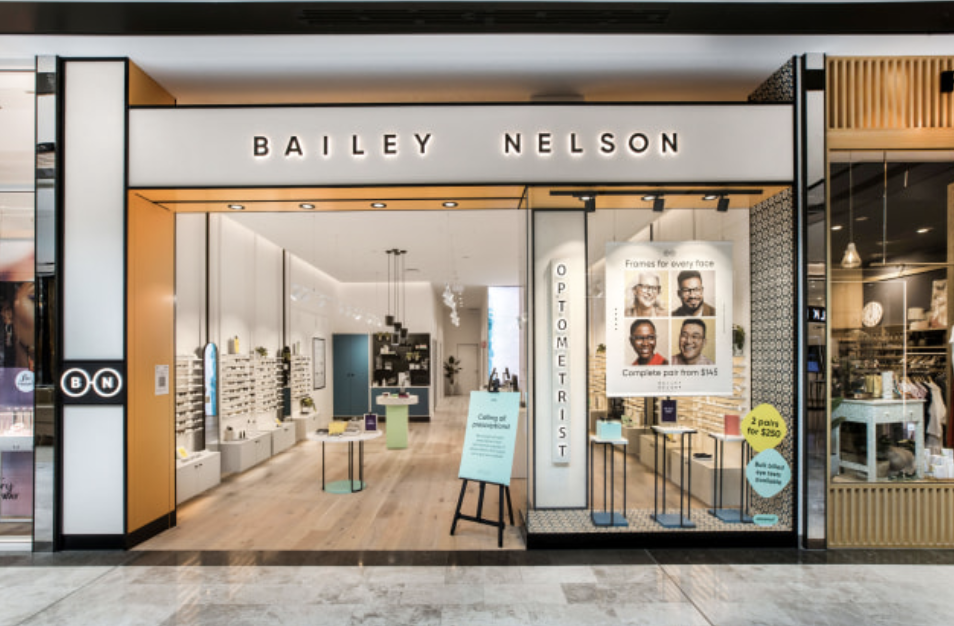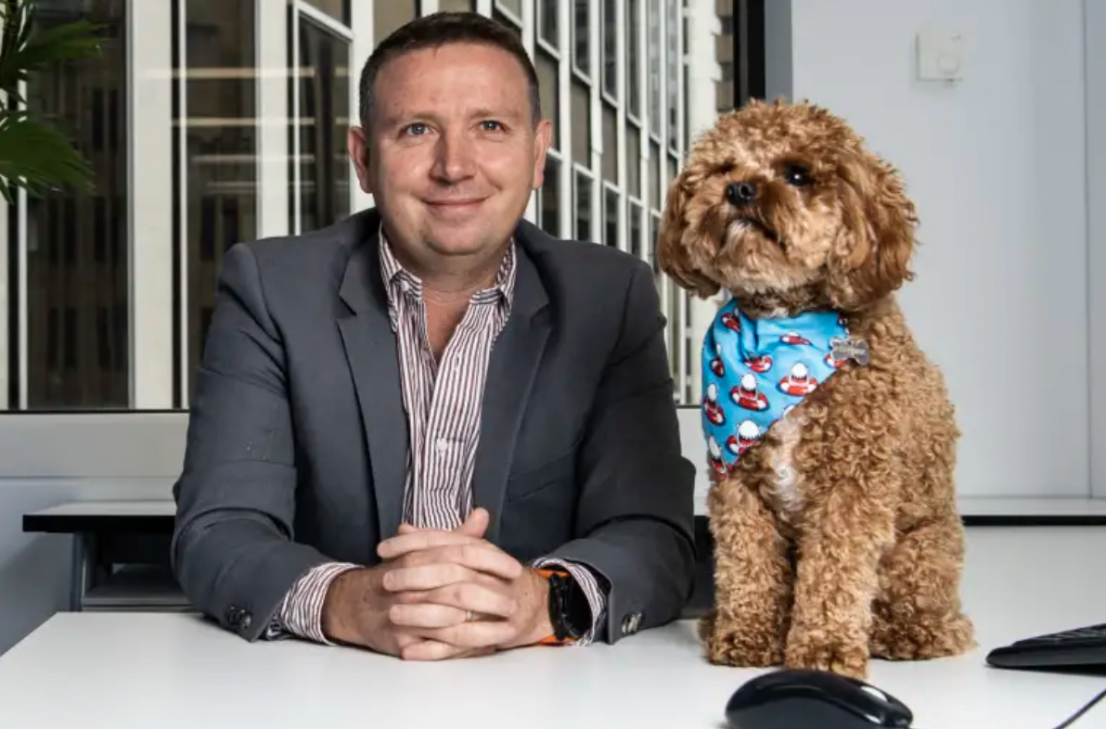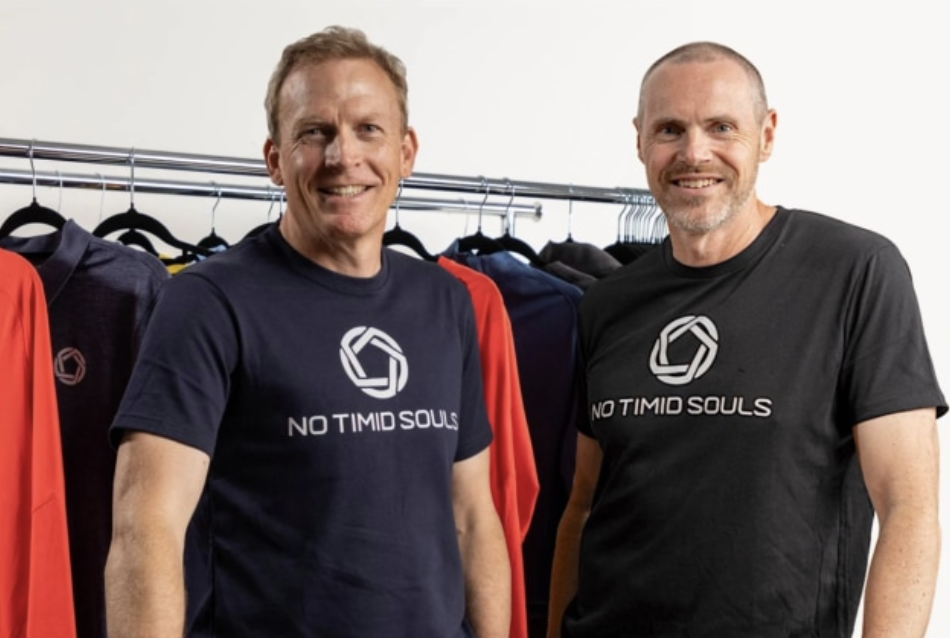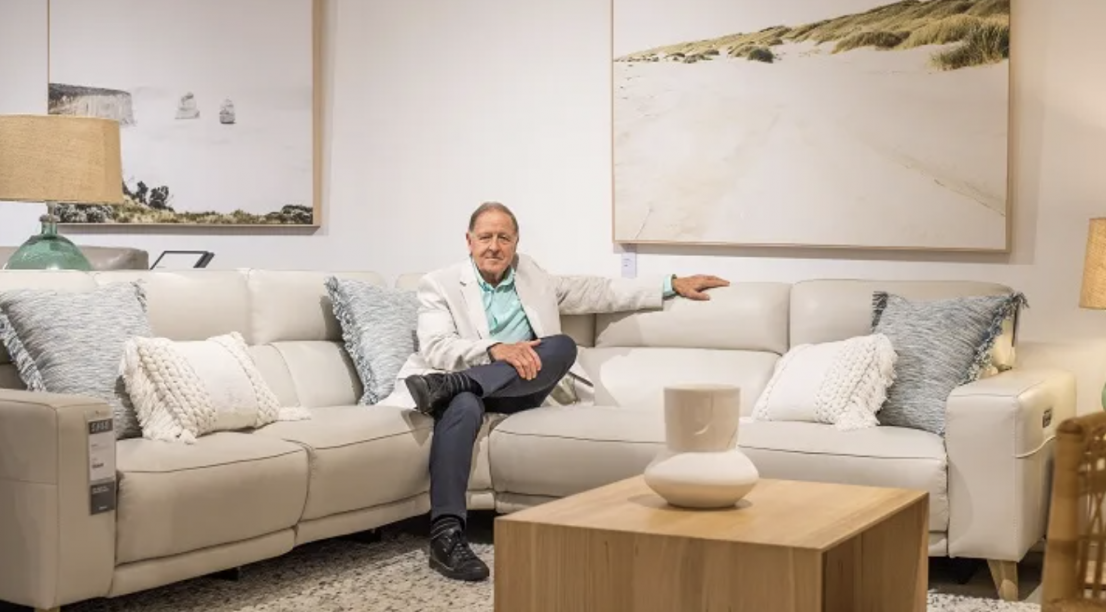
Inside Retail: When I spoke with Gerry Harvey a few months into the Covid-19 pandemic in 2020, he described it as one of the best things for his business because of how much people were spending on their homes. What impact has Covid had on Greenlit Brands?
Michael Ford: I think he’s an anachronism if he felt it was the best thing for his business. It has probably been the most challenging situation any retailer could face, and it has culminated in a supply chain hiatus. There is less freight available than there’s ever been, and demand has never been higher, so your working capital is enormously at risk because demand is exceeding supply.
I would say it is the most challenging [situation] we’ve faced, and unlike apparel, which you can air freight, in the furniture industry, you’ve actually got to get it in containers and ship it because they’re bulky goods. Persuading the consumer that it’s going to take anywhere from 20 to 24 weeks for the goods to arrive, it’s a pretty rough discussion. So, I wouldn’t say it’s the best thing that’s happened to our business – quite the opposite.
IR: I know Greenlit Brands has a vertically integrated business model, so presumably, you have more control over your logistics than some other retailers. How have you adapted to these supply chain challenges?
MF: In terms of steps that we’ve taken, our key brands have endeavoured to place their orders further out. Obviously, they have quite sophisticated forecasting capabilities, but the demand is so high that the forecasting teams, if anything, probably under-forecasted the requirements. That’s been further compounded by freight, so we’ve put a significant emphasis on working capital, hired more capability in in-stock brands like Fantastic, and trained people in made-to-order brands like Freedom to sell into longer lead times.
IR: What are your expectations around when the supply chain will return to normal?
MF: We are getting fairly unsecured messages that it is improving. We haven’t seen evidence of that yet. Our view is that we will have to tolerate it for most of the 2022 calendar year. When the pandemic arrived, the people manufacturing freight, whether it be ships or containers, reduced their manufacturing significantly, and as a result, we’ve suffered. Our view and the view of our merchants is that 2023 is probably when we will see it stabilise.
IR: Can you describe the level of demand that you’re seeing now and what it means for your business?
MF: Nothing is more important than cash, and we have the benefit of taking deposits up front, so our cash barometer is looking a lot healthier. We have paid off all our debt, local and offshore, and made sure that our balance sheet and our cash position is strong, and one of the reasons [we’ve been able to do that] is because of the efficiency of working capital in the furniture industry. There’s no local manufacturing, it all comes from offshore, so you have to sell into a lead time, and you have to take a deposit. If you manage that efficiently, it can be cash flow positive, and we’ve found ourselves in that situation.
We do it obviously with a certain amount of subtlety because customers are reluctant to hand over their cash and [let us] sit on it for 12 weeks, but that’s a function of the industry we’re in. From the outset, from four years ago, we’ve endeavoured to shore up our balance sheet and cash position. If anything is a measure of your health barometer, it’s your cash position. As a result of recruiting excellent retailers, all our brands are cashflow positive and profitable, which is a healthy place to be [during] this sort of predicament where consumers are unpredictable to say the least.
IR: With the strong cash position that you find yourself in, what opportunities do you see to use that going forward?
MF: We will keep investing in our people and systems, particularly technology. I often say to our team, ‘If you’ve got $100 to invest, invest $60 of it in digital and technology, and $40 of it in conventional retail.’ We’re very strong in that sense. Over 20 per cent of our group sales are [from] e-commerce. Our best brand is Fantastic, which achieves 30 per cent of sales [online], which I think in this country in our category is probably best in class. Williams-Sonoma in the US gets up to 70 per cent, and interestingly, they’re closing stores. I’m not advocating that, but I think one of the inherent unspoken rules in the business is to only open AAA showrooms because bricks-and-mortar retailing is very capital intensive.
You need a balance between bricks-and-mortar and pureplay. We are a digital-first business; that’s the priority for growth. The brands and retailers that are going to survive are those that adopt that philosophy, there’s no question about it.
IR: Are there any particular technologies that you’d like to invest in? Whether it’s automation in the warehouse, or something else…
MF: When you’re vertically integrated, it’s terribly important that your integrations work, and one of the challenges is when you try to integrate new technology into legacy systems. We’ve faced significant challenges in that [area]; we’re over the hurdle now, but with Freedom, for example, we had a massive hiatus because we tried to put an integrated system into our legacy systems and there were gaps all over the place.
Obviously, it’s important when you’re vertically integrated that you have integrations between your manufacturing, logistics, and stores. That will always be an area that we invest in. As e-commerce grows, you’re under more and more pressure to ensure that your systems are fully integrated. Everything starts with the customer, so our most significant investments will be at the front end of the business rather than the back end, but we have to watch the back end because if the back end doesn’t work the front end doesn’t work.
IR: What does being a digital-first business mean for you? We hear words like omnichannel quite a lot, and it can mean different things for different businesses.
MF: I think there’s no more important measure than sales. When I joined, we were doing around $60 million in e-commerce sales. Four years later, we’re doing over $300 million in e-commerce sales. The sales growth we’ve had has been phenomenal. We’re also now addressing the integration of an online marketplace where other people can tap into our e-commerce platforms. We’ve made arrangements with various vendors to sell through the strength of our brands.
So it means deployment of capital, hiring capability, and those resources are scarce, particularly in this market. I think Australian retailers have been slow to adopt [e-commerce]. Bunnings has only been transactional for a couple of years – that’s extraordinary. Look at Lowe’s in the US, they’ve been transactional for 15 years. It’s been a slow adoption. If you talk to Gerry Harvey, he’s not so sure that it’s a significant influence anyway, but we’re of the opposite view.
We’re scrambling to [appoint] the right people and the right talent. Talent is going to be scarce in that area. We’ve been very fortunate in having some really sound capability internally that we’ve latched onto. Particularly strong individuals come out of the apparel industry because it’s a high-risk [category].
IR: Do you see the Freedom store refresh as being emblematic of that? When I’ve seen advertisements recently for Freedom, they do have a very fashion feel to them.
MF: If you took Freedom and said what strategically should be its next priority, it was design. That’s reflected very strongly in the recruitment we made of Kate Hopwood. She’s English and has a wonderful taste level and feel for the Australian consumer. You can see that reflected in our advertising, be it on television or other media. She’s a strong influence, and that’s reflected in our homewares category particularly. If you went into our stores now, you would probably be delighted with the improvement in the assortments.
Our CEO Blaine Callard has a real passion for the brand and that’s reflected in the strategy and work streams he’s put in place. He also understands the importance of linking e-commerce platforms with bricks-and-mortar through CRM. He has a good feel for that, and he’s rebuilding the My Freedom [loyalty] program. I think the most important thing is what you experience when you walk into the store. There used to be a country club feeling about the store; now it basically understands the fact that you have to make sales, so the salespeople have been completely retrained. He’s made some great hires in his area leaders, so I’m very encouraged by the new Freedom. It’s a brand that’s being transformed.
IR: As you increase your digital sales, do you see yourself going after the same customer as Temple & Webster or Koala? And if so, how do you see your ability to compete with pureplay online businesses that might not have the intensive capital requirements of maintaining a store network?
MF: To think that pureplays are inexpensive is an understatement. You have to make significant investments in facilities and systems, and then you have the challenge of competing on free delivery. Australia as you know is a very large country, so deliveries are a big factor, and as pureplays become more competitive, you have the challenge of cancellations and returns. In the US, brands like Wayfair have been in pureplay furniture for 17 years and haven’t made a nickel. Ninety per cent of pureplays don’t make money, and they find it hard to compete with us because they don’t have the same tangible exposure to the consumer. The consumer can’t touch and feel the product in a pureplay, so they have to be very reliant on the content and the way the product is styled digitally. Seventy per cent of consumers do begin [their journey] on the internet, but then they’ll come into the store and make a final decision because we’re in such a tactile industry.
I don’t know any pureplay in the furniture industry that’s making any money, so in terms of being cheaper to run, people have found it’s not the case at all. You don’t have rents, but you still have rent for your DCs, and then you’ve got this big challenge with the cost of deliveries, returns, and cancellations. It’s a misnomer to think it’s less expensive to run.
IR: You mentioned that even though you’re investing in digital, you aren’t necessarily looking to reduce the size of your store network. How many stores do you currently operate, and what is the store experience like?
MF: Snooze has around 100 stores. Fantastic has around 100 stores. Freedom has around 50 stores in Australia and 14 in New Zealand. Across the group, we have around 330 stores. We will always look to get a balance. A brand like Fantastic probably has got another 20 stores in the course of time. They’re relatively weakly dispersed in Victoria, so there’s a good opportunity for them. Freedom would have to be very judicious. Freedom’s real estate is excellent, they’ve got very good locations, the stores are in very good shape, the floors are all very good, as well as the lighting and the ceilings – that’s where the capital is in stores. There are some stores we would close, but there’s probably an opportunity for 10 or 15 more Freedom stores. Again, we would only open those stores if they exceeded the financial hurdles that we set for them. Otherwise, there’s a better return for us to invest in digital.
OMF, which is our mattress business, has serious upside. We could open another 50 stores over the next three to five years. It works at 400 to 600 square metres, so it’s very easy to find real estate for, whereas Freedom and Fantastic are upwards of 2200 square metres. Finding those boxes isn’t easy, particularly well-placed ones.
IR: How do you view the shift towards experiential retail? That’s been a big topic for a lot of businesses, but maybe not so much in large format retail.
MF: It’s a great question. When I rate our stores from an experiential standpoint, I think we’re at about five out of 10. Where would I like to see them? Benchmarking against the best in the world, it would be brands like Pottery Barn, West Elm, Crate & Barrel, John Lewis. In order to get there, you need to have the people in the organisation who understand it, and I believe in Freedom, we now have that team. Kate Hopwood understands it, Blaine Callard gets it. He’s just hired a very sophisticated visual merchandising director.
I think we’re halfway to where we should be. If you go into the Freedom flagships, I think you’ll immediately see the improvement, but there’s a long way to go. And it’s got to be further embraced by how you communicate with the customer and how you link digital to tactile bricks-and-mortar. That’s coming on in leaps and bounds in Freedom. It’s less strong in Fantastic, and it’s an issue that the CEO of Fantastic and I discuss constantly. It’s not easy to implement, and you’ve got to have the capability within the organisation to put it all together.
IR: Lastly, I wanted to ask you about leading the business through the accounting scandal at your parent company Steinhoff International. How did you first learn about it?
MF: It was as big a surprise to me as it was to the rest of the world. I think it [ended up] being a bigger crisis than Enron – it was certainly the biggest financial crisis ever faced in South Africa.
I had only just joined the organisation [then called Steinhoff Asia Pacific]. The background to that is that Steinhoff wanted to buy The Good Guys, which we ultimately sold to JB Hi-Fi. We were running a parallel process of trade sale or IPO, and Steinhoff made an offer for us. We turned that offer down, but they had gotten to know me through management presentations and meeting my team, and they approached me to double the size of Steinhoff Asia Pacific and list it. We had 12 companies, which included apparel businesses – Postie in New Zealand, Best & Less, and Harris Scarfe. All very mature apparel businesses, all chewing a lot of cash, but we’ll come back to that.
I didn’t know anything about [the accounting scandal] until December 2017 [when] I was informed of the situation. It was drastic. Our share price was €3.50, and in four to five weeks, it went to 30 cents. And of course, the parent was funding the local operation. I found out about [the scandal] at the same time as the other board members and that was in early December. Immediately I was in front of what’s known as the ‘bad bank’. You have your relationship bankers, then you have the credit [bank], and then you have the bad bank. And it’s like walking into an ambush with those guys. They were going to pull our credit line on the 22nd of December, I remember it was a Friday, and we were faced with the dilemma of basically going into administration. That was very precarious.
We got terms – we got 30 days, then 60 days, and then we got commercial terms. But during that period, we were on a knife’s edge. The cash required to fund those apparel businesses was very significant because you have to make commitments to yarns and wovens some 15 months out. We had to find a way to relinquish those, so we could [focus on] our strength in the furniture industry. But no sooner had we got our heads above water than along came Covid. To have that [challenge] and then roll into Covid with no credit lines, or limited credit lines, was precarious to say the least. Thank god those days are behind us.
IR: It sounds like the sale of the apparel businesses helped, but were there any other cost-savings measures that you instituted in that time?
MF: We wrapped down on every element of the cost of doing business. I mean, we stopped travel, we stopped everything. Covid has helped to a certain extent because we’ve learned how to run our business virtually. One area you have to watch is inventory levels. We’ve been very disciplined in the management of our inventory. We put in place governance and rhythms that we still abide by today. I’m a passionate retailer, so I do interfere a bit with our team. I try not to because they’re very capable.
Hiring Blaine Callard was a coup for us, hiring [COO] Aaron [Canning] was a coup for us, particularly on the M&A and transactions side. Getting talent into the organisation was difficult [after the accounting scandal]. For Blaine to have joined us when he did – he not only confronted the legacy systems problems, he confronted Covid. We have been fortunate in that our frontline CEOs are good operators and very passionate about their businesses.
IR: What do you see Greenlit Brands’ portfolio looking like in future? Do you have plans to sell any other brands, or bring any new brands into the fold?
MF: The number one priority is to enable these brands to perform better than they have historically, so that they appeal to acquirers who will be a great home for the colleagues in those stores. The shareholders’ direction is to transact the businesses, but there’s no hurry. Build them, make them successful, and give us the best possible value. That’s our goal. A white angel may come along and say, ‘Wow, this organisation looks so good, we’re going to gobble them up.’ Who knows? Our goal is to improve the businesses, and the customer experience is probably the most important measure.
